As an American couple, traveling to Peru gave us an opportunity to experience something we hadn’t before. While Europe and various U.S. locations have provided travel opportunities that are different in many ways from what we’re accustomed to, in many other ways life on these trips is very similar to how it is back home. It’s a modern world, with all the conveniences of a first-world existence that are emblematic of society and the ever-present hum of technology around us. No matter where you are, in one language or another, the news will buzz about you from media outlets the same way in London or Venice as they will in America. While you’ve escaped normality, changed your setting and opened yourself up to experience, in many ways travel can be awkwardly similar to where you came from. Traveling to Peru, however, was a different experience and one that taught us much. Where is Machu Picchu and Peru on our bucket list now, even after having been? Still at the top.
What Tracy and I were looking for while visiting Peru was a reconnective experience, and we found it. Peru is, without question, a gem that needs no polishing, and a location that is undoubtedly unique in a way that is sadly so as a Westerner experiencing it for the first time. Reconnective? Yes. Immersive? Without question. What’s more, however, is how Peru woke us up again from a world that, even while traveling, can sometimes feel all-too-homogenized and anesthetic in the ways that you don’t want it to be. We found ourselves truly experiencing, and in fact learning, in Peru. Here are six things we learned in Peru.
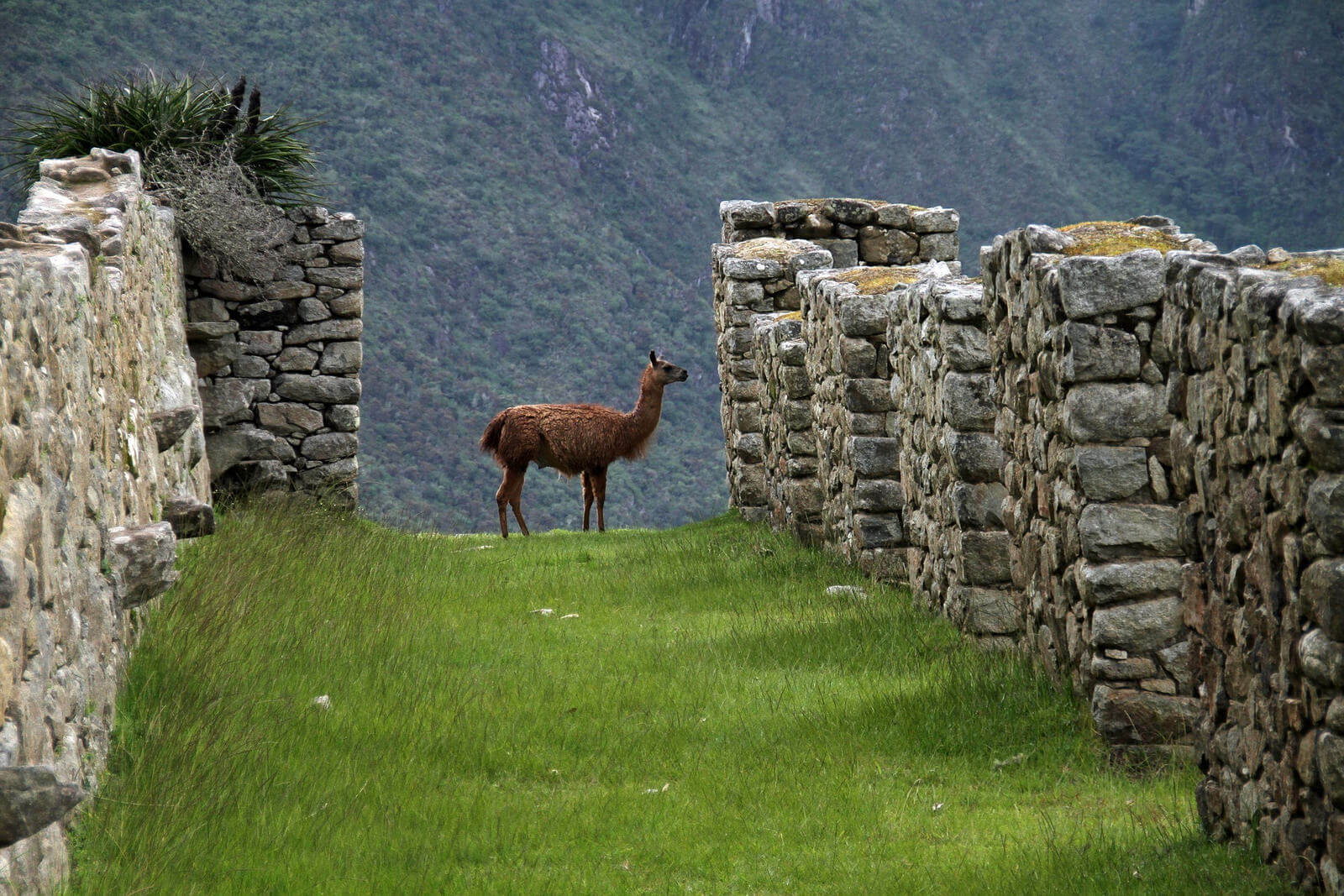
It’s Okay to Disconnect
When traveling in Peru, especially as a Westerner or European, you’re unlikely to be as connected as you are where you’re from or where you’re accustomed to traveling. That’s what you want. There’s nothing wrong with it, and in fact, Peru made us consider the possibility that we’re maybe too connected.
There were moments in Peru destinations that you can’t get in the U.S., or at least easily. Being a country that is formed out of the bare clay of absolutely beautiful nature, natural existence takes center stage. It was refreshing, and even necessary, to have not given a single thought to calling anyone, checking Facebook, texting people or Tweeting while we were there. Peru pulls you away from that, and rightfully so. Without doubt, we are too connected. We look at our phones every five seconds, and rarely out of actual necessity, but rather as an automatic repetition that we’re afraid we’re going to “miss something.” Sometimes, the need is even less poignant, and the distraction is merely that – distraction. Waiting in line at the grocery store? Cell phone. Sitting in traffic? Cell phone. Sometimes your mind just needs to be present, and it’s perfectly okay to let it be so.
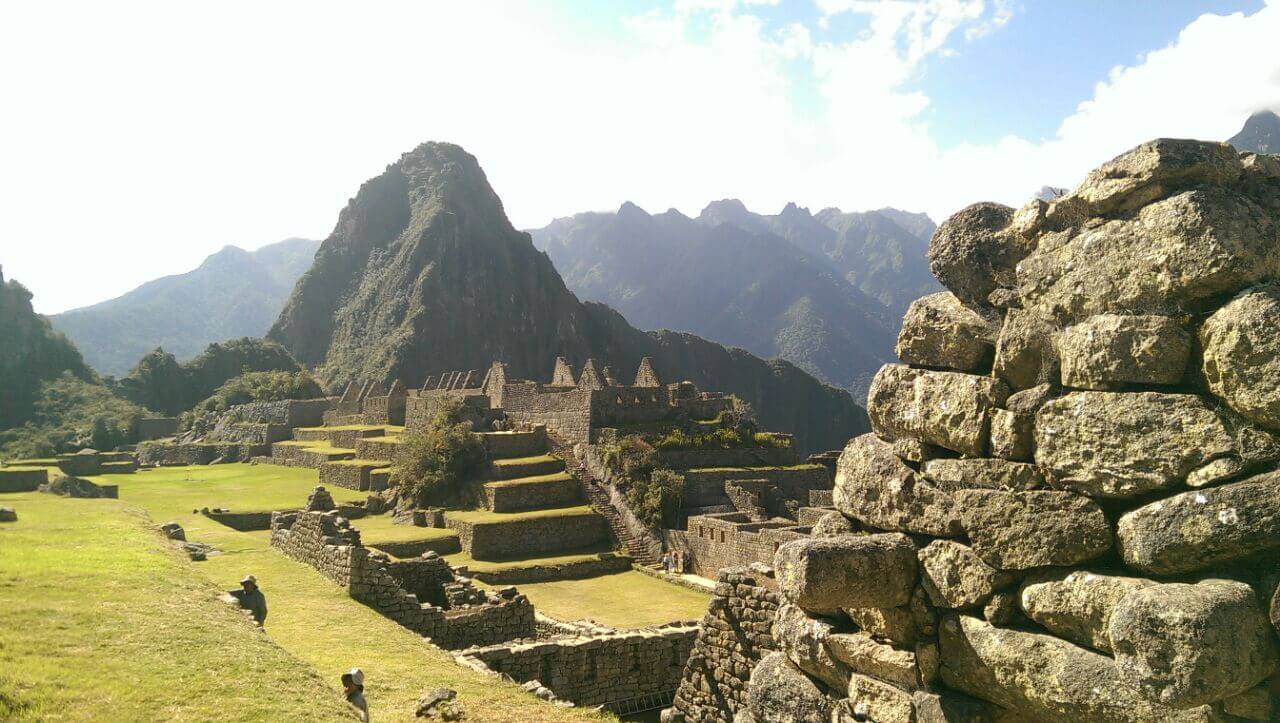
It’s easy to forget also that just a mere 15 years ago, most people couldn’t connect this way all the time. No one could call you unless you were at a phone, because no one had a phone. There’s something easily romantic about that now, and something that Peru helped us connect with. Those people that need to text you or call you, sometimes they can wait. Sometimes the world that is there for you through a device can wait.
Sometimes the world in front of you, the one you can touch and see, is the only one you need.
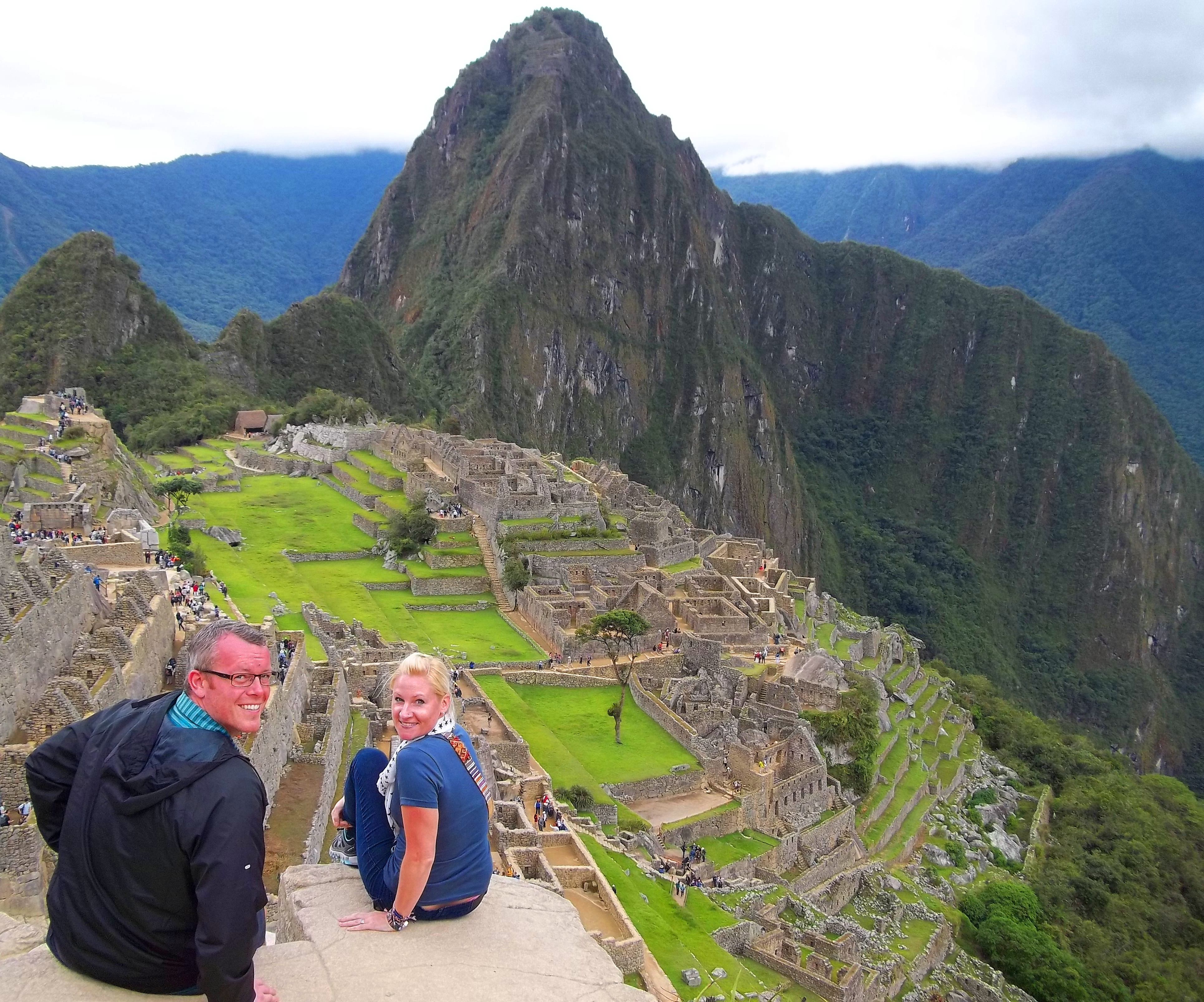
There’s A Lot We Will Never Know
Tracy and I are both history buffs. We love it, we love contemplating where we came from, the history that formed everyone’s current story, and the civilizations that preceded us. That civilization still feels vibrantly alive in Peru.
From Machu Picchu to Ollantaytambo, being able to touch the relics from the past is a surreal experience. Additionally, there’s much in the way of how these cultures lived and interacted with the outside world that, while we can hypothesize, we can never be completely sure. That’s one of the great things about a place that has cherished it’s ancestry such as Peru, and one of the things that made us feel so closely related to it.
You can’t possibly look at Machu Picchu and think we know all there is about how these people lived, and why they fled. Their technological capabilities and brilliance were rare for the time, and they succeeded in building some of the most beautiful structures in existence – still. Machu Picchu is brilliant, but the massive stones that hold together Ollantaytambo in the Sacred Valley are truly mysterious. Ollantaytambo is one of the best places to visit in Peru, and much less discussed than it’s more famous sister.
It’s okay to accept that there’s much we don’t know, and in fact it’s more enjoyable sometimes to not know. Humans seem to enjoy informational overload, and sometimes it’s better to just marvel and wonder. Sometimes it’s better to just close your eyes, smell the Andes on your breathe and see if you can hear the passage of time in the wind without analyzing everything and needing a definitive answer to who we are and how we got here.
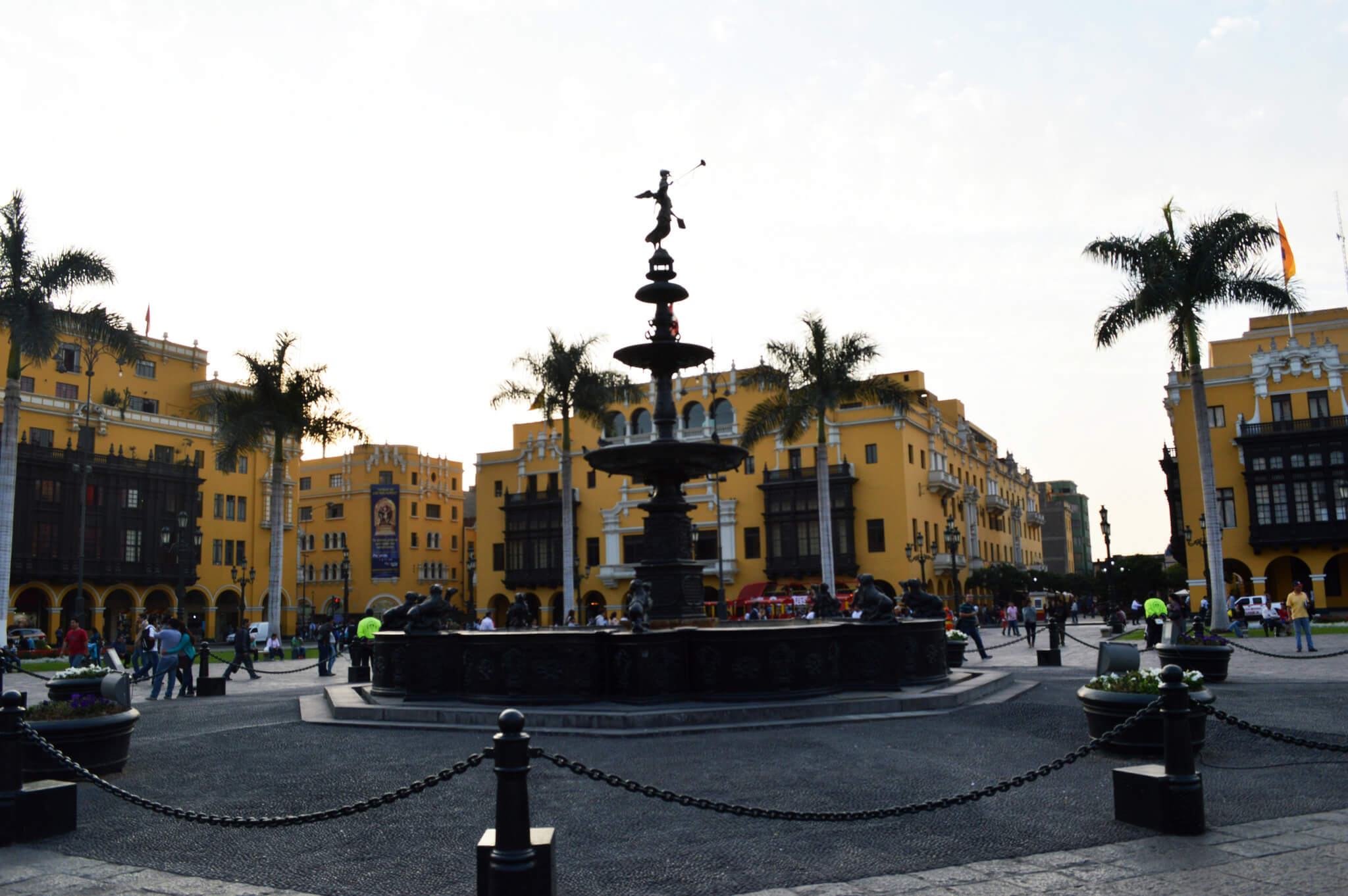
Lima Is Bigger Than You Think…
While not nearly as big as the United States, traveling to Lima definitely reminds you that it’s a big city. In fact, the population of Lima exceeds the combined populations of Los Angeles and Buenos Aires by nearly one million people! You can feel this when you drive through Lima, or when you get transportation from the Lima airport to Miraflores. Buildings are everywhere, people are everywhere, and in many ways you get the feeling that it dwarfs New York City. Then you realize that Lima is bigger than New York City by more than 400,000 people!
Some people avoid traveling to South America because they don’t have in mind the “big cities” of the world like New York, London, Paris or Tokyo, but South America has plenty of major locations. Lima happens to be one of the most populous cities in South America, next only to Sao Paulo, Brazil. While many areas in Lima aren’t recommended for enjoyable tourism, there are large areas such as Miraflores which are as nice, quaint, beautiful and cultured as anything you could dream staying in.
But, So Is Peru
Peru, while not classically big in the way that Russia, Canada, China, and the U.S. are, is a bigger country than most realize. By land mass, Peru is the 20th largest country in the world – more than double the size of France and nearly three-times the size of Spain. As big as Peru is, it’s also diverse. Coastal cities and beautiful vistas of the ocean? Check. Mountaintop wonders? Got it. Jungles? The biggest. Arrid plains and dry deserts? Check, check. The only thing we regret is not being able to see were more of the Peru destinations we could have, as each area offers different cuisines and different social morays, all of which add to our fascination with Peru.
Don’t take the size of Peru for granted – it’s a big boy. One of the biggest, and the variety of things to do in Peru exemplify that size and variety. In fact, don’t even be sold on simply going to Machu Picchu every time – drive around. See the coast. Edge up next to the jungle. It is all incredible.
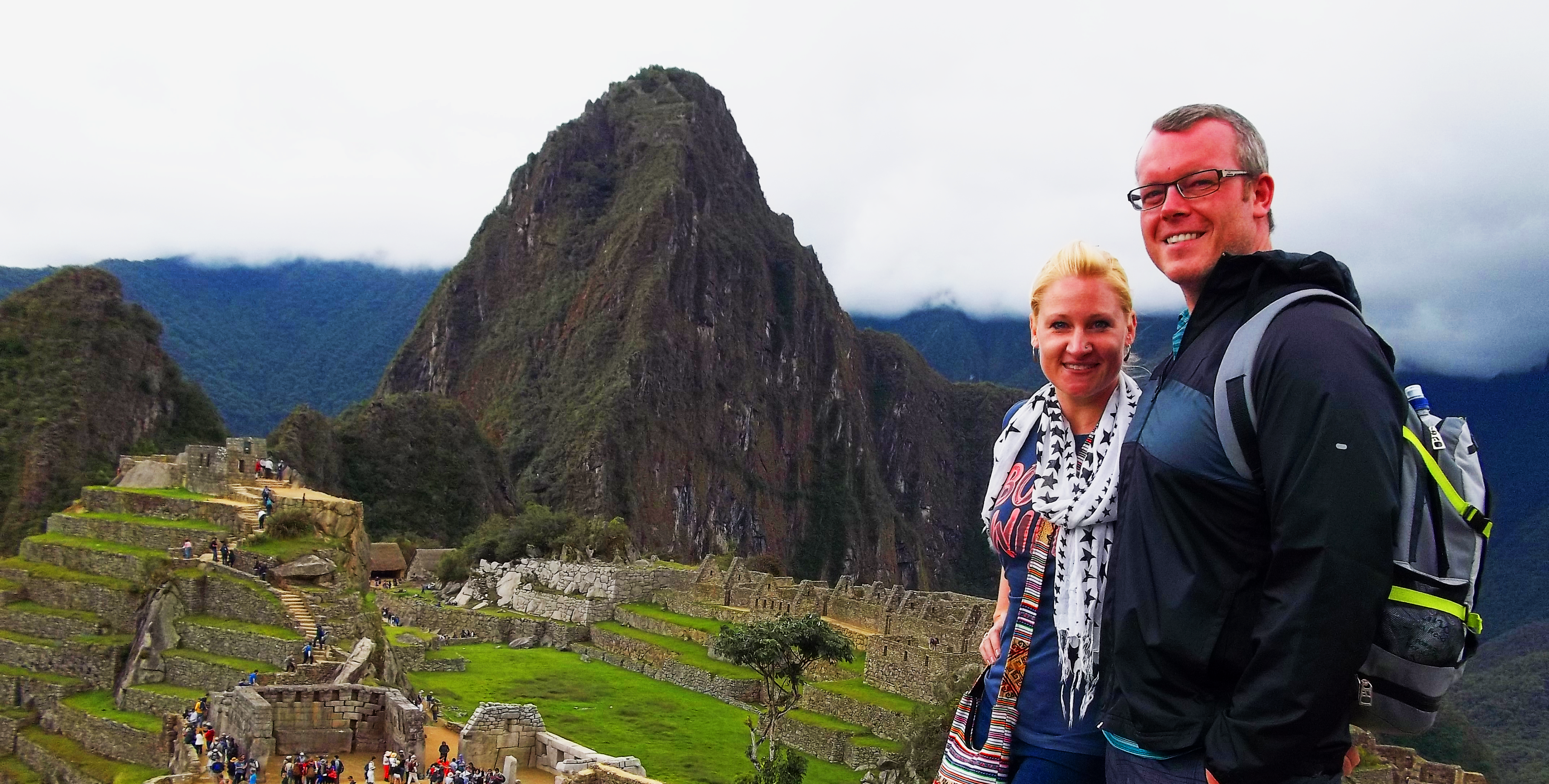
You Can’t Describe Machu Picchu
After we traveled to Machu Picchu, the invariable question asked by everyone was “how was it?”
Let me say this – nothing you will say, no matter how many times you go or how closely you rehearse what to say about Machu Picchu, will ever describe it. I’ve never found myself at a loss for describing a place, but words fail when it comes to Machu Picchu. It’s too grand. It’s too old. It’s too important. The enjoyment of Machu Picchu, in part, is being dumbfounded. Enjoy that, and when people come back simply tell them as you sigh, “you simply have to see it for yourself.” Machu Picchu tourism is as grand as it is for a reason, and you should find out first-hand.

There’s More To See
Visiting Peru is a symbol of the possibilities that exist when you travel. No matter how much of the world you have seen, and no matter how many flights you’ve taken, there is always more. More you haven’t touched, more you haven’t seen, more you haven’t experience, and there just might be another Machu Picchu out there.
Peru, and Machu Picchu, will always be our travel “unicorn”, I suppose. We’re constantly looking for the thing to top it, or to at least make us stop and consider “is this close?” We leave for the Yucatan Peninsula in two days, and I can promise you my thoughts have been absorbed with the hope that I’ll be as overcome with awe as I was at Machu Picchu.
Then again, that’s why we travel, isn’t it? That’s why you should visit Peru and why you absolutely have to travel to Machu Picchu. Make it happen, and let it inspire you to make even more happen. Any avid traveler will agree that traveling is a drug they don’t mind being addicted to. The more you get, the more you want, and you’ll do anything to travel more with the ones you love once you’ve had a taste of it.

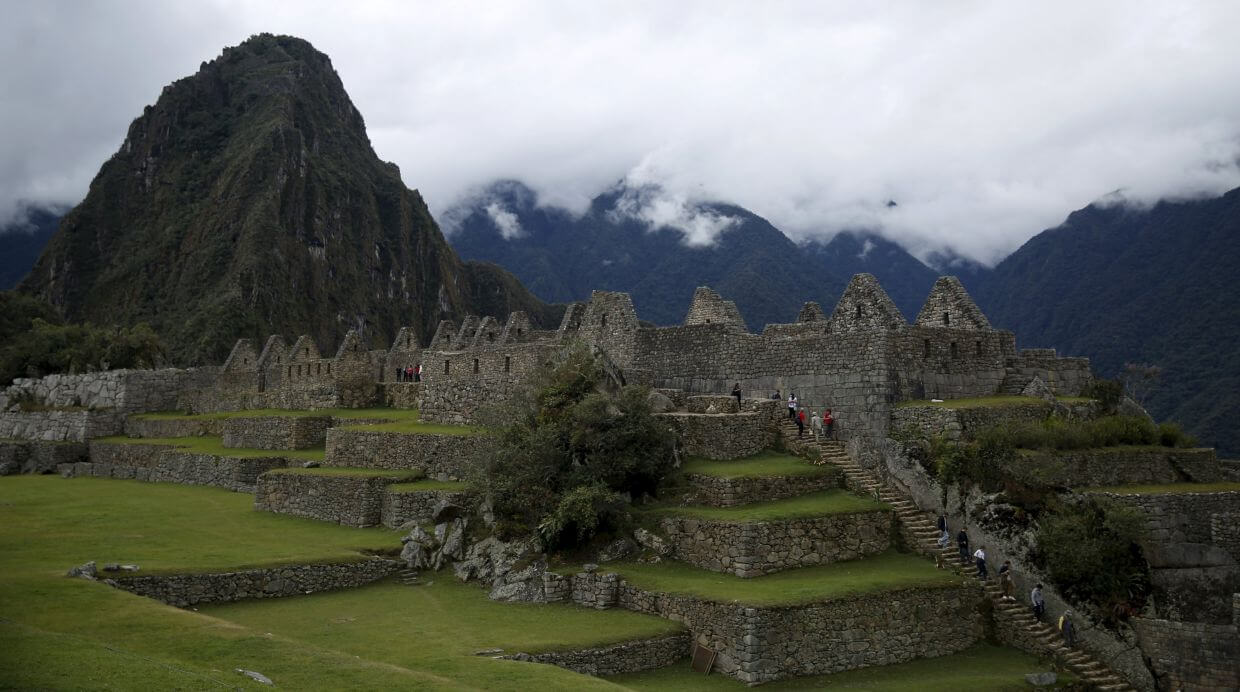
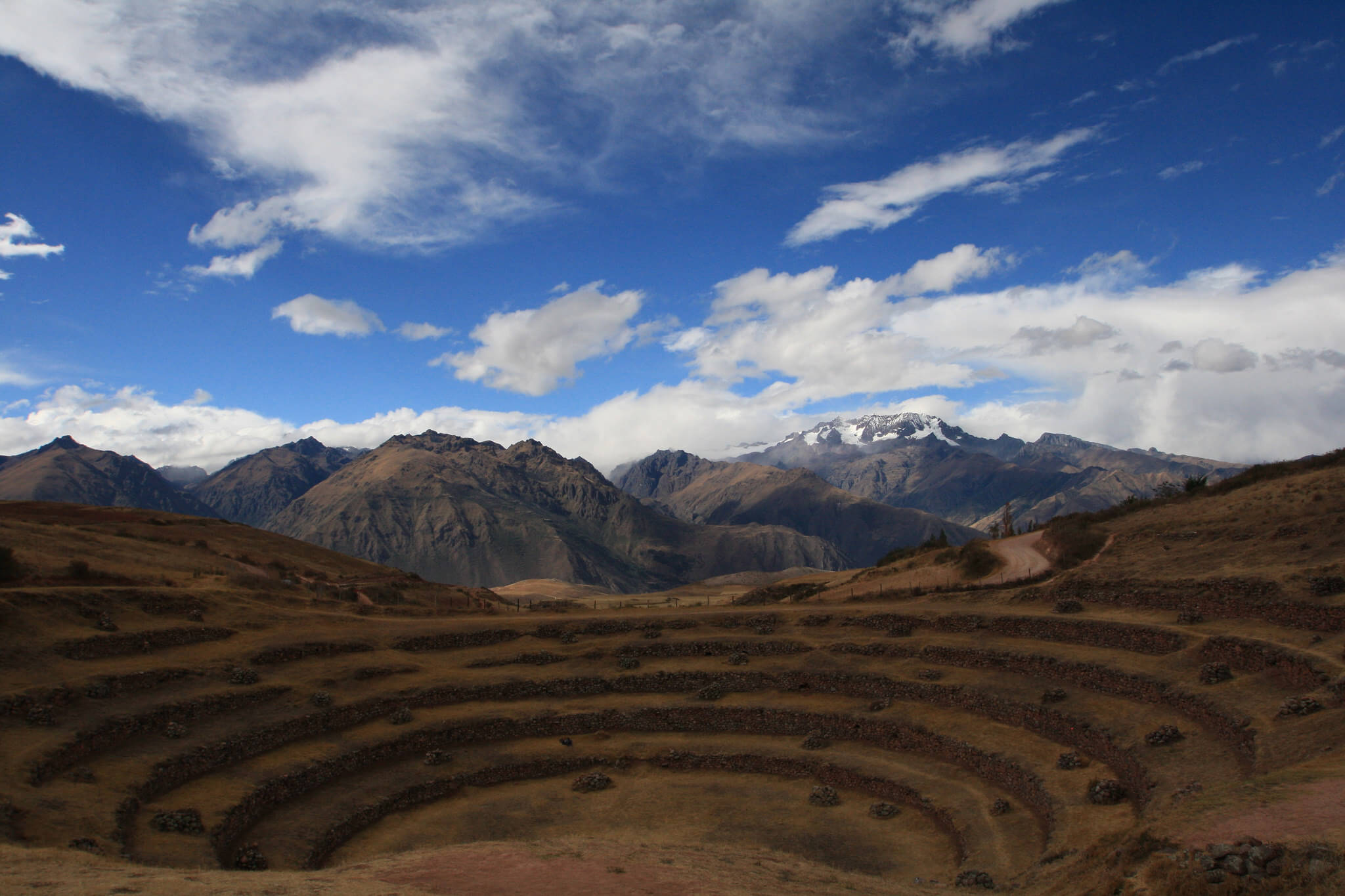

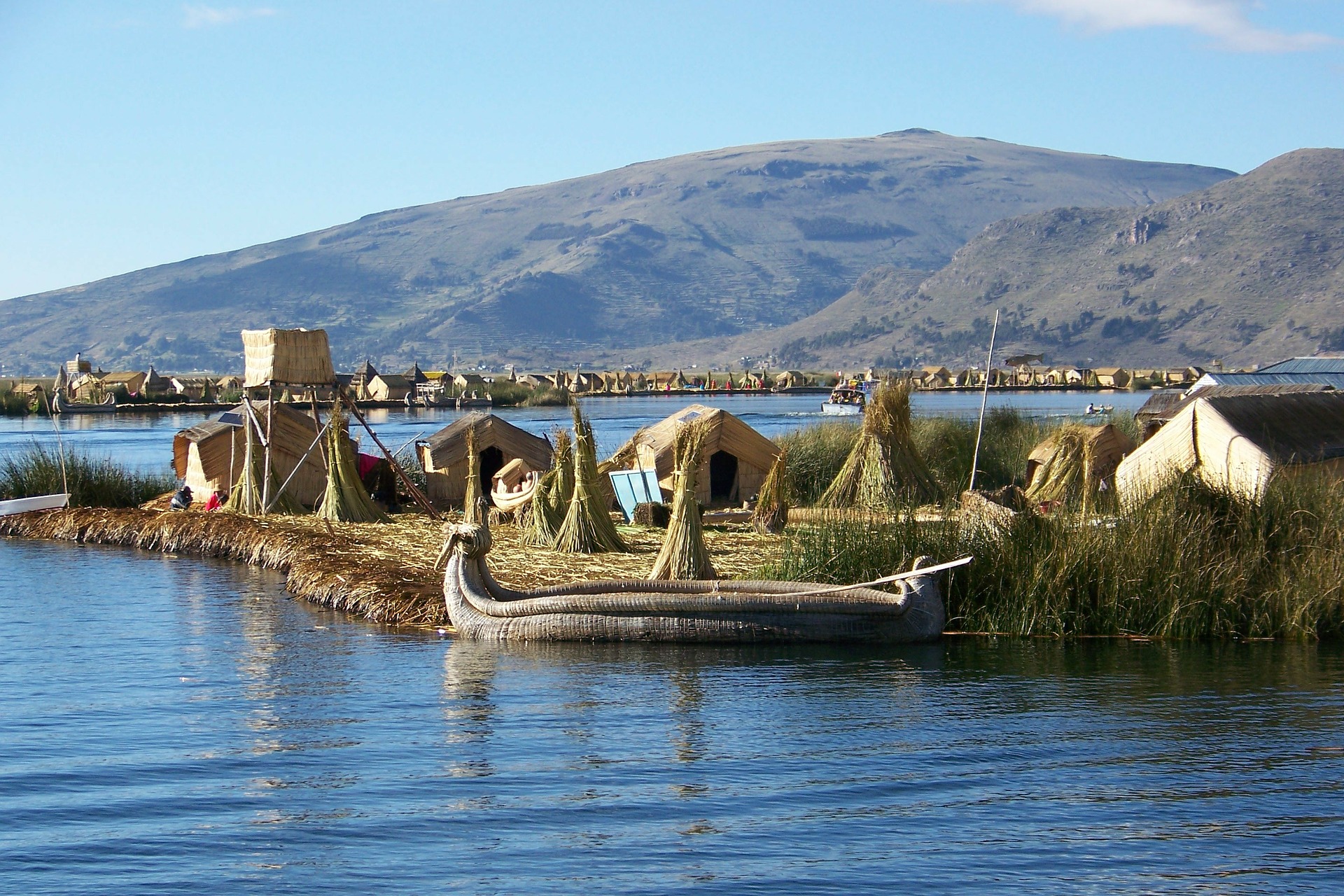
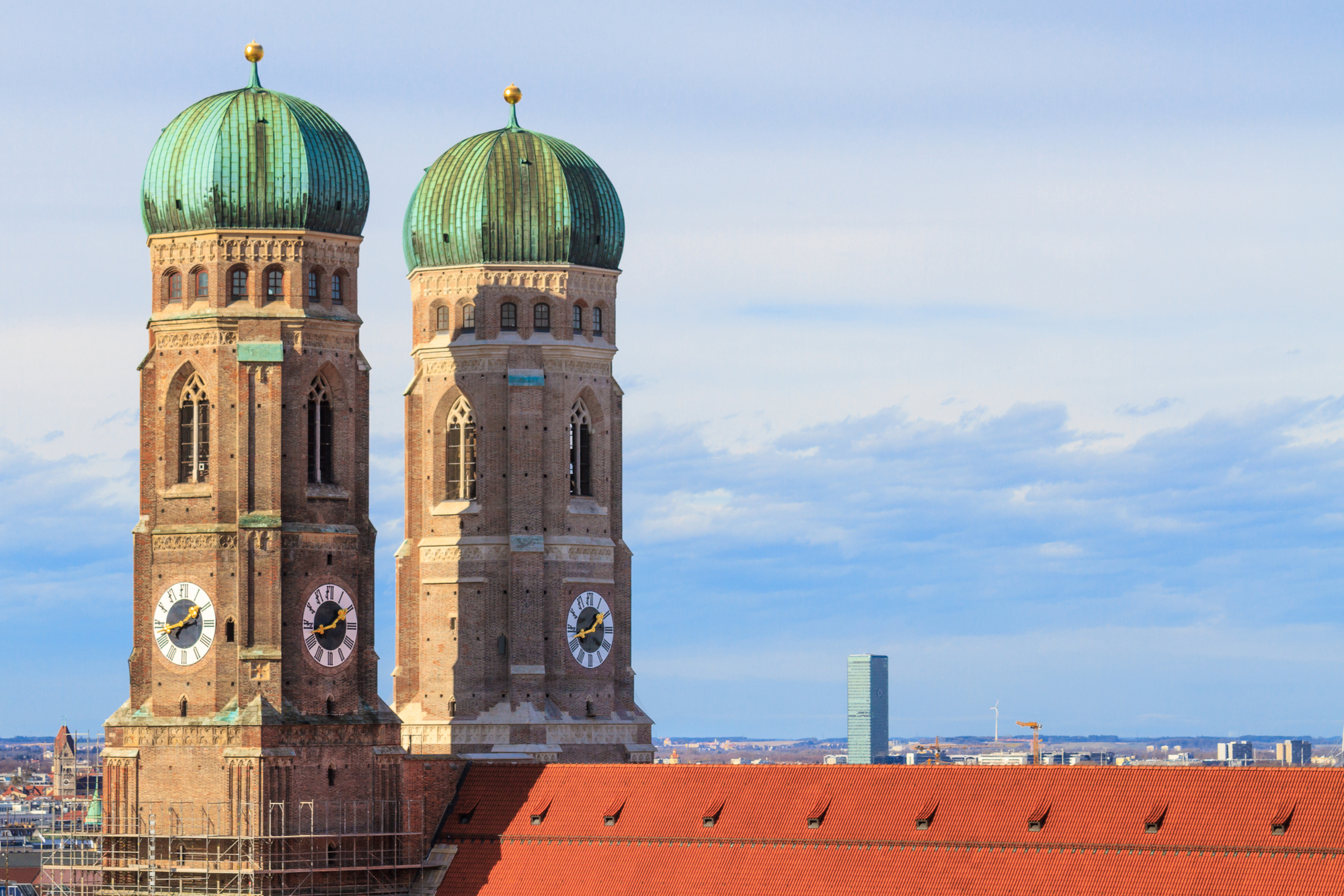
Ben Zabulis
June 12, 2017 at 2:24 amGreat advice re the ‘disconnect’ bit ! It’s amazing how quickly we recover our own senses when we ditch the phone – bin the apps and use aptitude instead, far more reliable and fun too ! Although we’ve never been big on the ‘connnect’ side of things we have managed to bring the ‘disconnect’ home with us, our current lifestyle does not require mobiles, a landline or TV, and there’s not many folk who can say that ! A basic laptop and an internet connction will do – happy travels, happy home life !
Justin & Tracy
June 12, 2017 at 8:53 amCouldn’t agree more, Ben! Glad you “connected” with the article, haha 🙂 Thanks for stopping by!
Justin & Tracy
June 12, 2017 at 8:53 amCouldn’t agree more, Ben! Glad you “connected” with the article, haha 🙂 Appreciate your input!